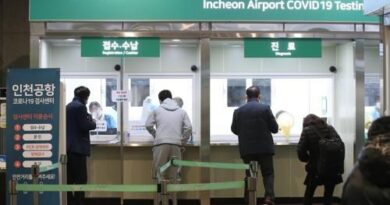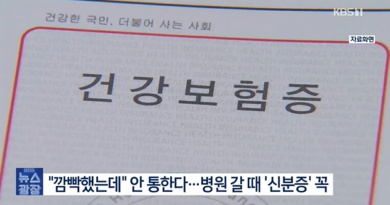Our country is in a situation of structural oversupply of rice.

The Ministry of Agriculture, Food and Rural Affairs (Minister Song Mei-ling, hereinafter referred to as the Ministry of Agriculture, Food and Rural Affairs) stated on Monday, March 24, in response to a media report stating, “We need to fine-tune policies to prevent a rice shortage like Japan’s,” “ Our country is experiencing a recurring structural oversupply of rice, so a drastic reduction in rice cultivation area is an inevitable measure . ”
There are various analyses of the recent rapid rise in rice prices in Japan, including that it is due to a combination of temporary increases in demand, such as a poor harvest (for the 2023 crop year) rather than a reduction in cultivated area, hoarding due to concerns about a major earthquake, and increased foreign demand due to the recovery of the tourism industry, as well as problems with understanding distribution volumes, such as an increase in direct transactions between producers and consumers.
In the case of Korea, there is a high risk that the structural oversupply of rice will be repeated due to the characteristics of rice farming with a high rate of mechanization and the government’s support such as promoting market isolation in times of oversupply. In fact, due to the oversupply of rice over the past four years, the government has promoted market isolation of an average of 310,000 tons per year from 2021 to 2024, and about 2.6 trillion won (tentative) of the four-year market isolation budget was spent on purchase costs alone. This market isolation method has inefficiencies * such as storage costs and losses in disposal for alcohol and feed.
* Loss per 10,000 tons of market isolation: Sales revenue for alcoholic beverages after 3 years of storage: KRW 4 billion (approximately KRW 400 per kg) –
Purchase cost: KRW 24.5 billion (approximately KRW 2,500 per kg) – Storage and management cost: KRW 6.8 billion – Processing cost: KRW 1.3 billion = △ KRW 28.6 billion
Therefore, the Ministry of Agriculture, Food and Rural Affairs’ position is that a strong reduction in rice cultivation area is necessary to break the vicious cycle of ‘overproduction – falling rice prices – market isolation’ and to stabilize rice prices and increase farm income. If appropriate production is achieved through reducing rice cultivation area, rice prices and farm income can be stabilized, but if structural overproduction continues, the price of rice will plummet, threatening farmers’ right to survive.
In addition, our country is establishing a distribution system centered on producers and distributors, and the Ministry of Agriculture, Food and Rural Affairs is grasping the distribution flow and inventory through rice processing complexes (RPCs), etc., so it is responding flexibly to the rice supply and demand situation by comprehensively judging the market distribution volume and inventory of rice processing complexes (RPCs). In cases where rice production (483 kg/10a) sharply decreases, as in the case of 2020 rice, or when rice demand sharply increases due to changes in domestic and external environments, it is possible to manage rice prices so that they do not fluctuate sharply through government grain supply, etc. For reference, as of the end of January, the government grain inventory was 1.51 million tons, showing 360,000 tons for 2022 and below, 470,000 tons for 2023, and 690,000 tons for 2024.
The reduction in rice cultivation area currently being promoted by the Ministry of Agriculture, Food and Rural Affairs is planned to be implemented in a way that maintains the form of ‘rice paddies’. Since local governments are implementing various implementation programs such as strategic crop cultivation and fallowing according to the situation, it is expected that it will be possible to manage it flexibly according to the future supply and demand situation.
Byun Sang-moon, the food policy officer at the Ministry of Agriculture, Food and Rural Affairs, said, “We will continue our policy efforts to improve the supply and demand situation by reducing the area of rice cultivation and ensure that rice with good taste and quality is properly evaluated in the market. We will also closely monitor the price of rice at producing areas and the inventory situation to stabilize the rice market.”
Subscribe to our newsletter!







